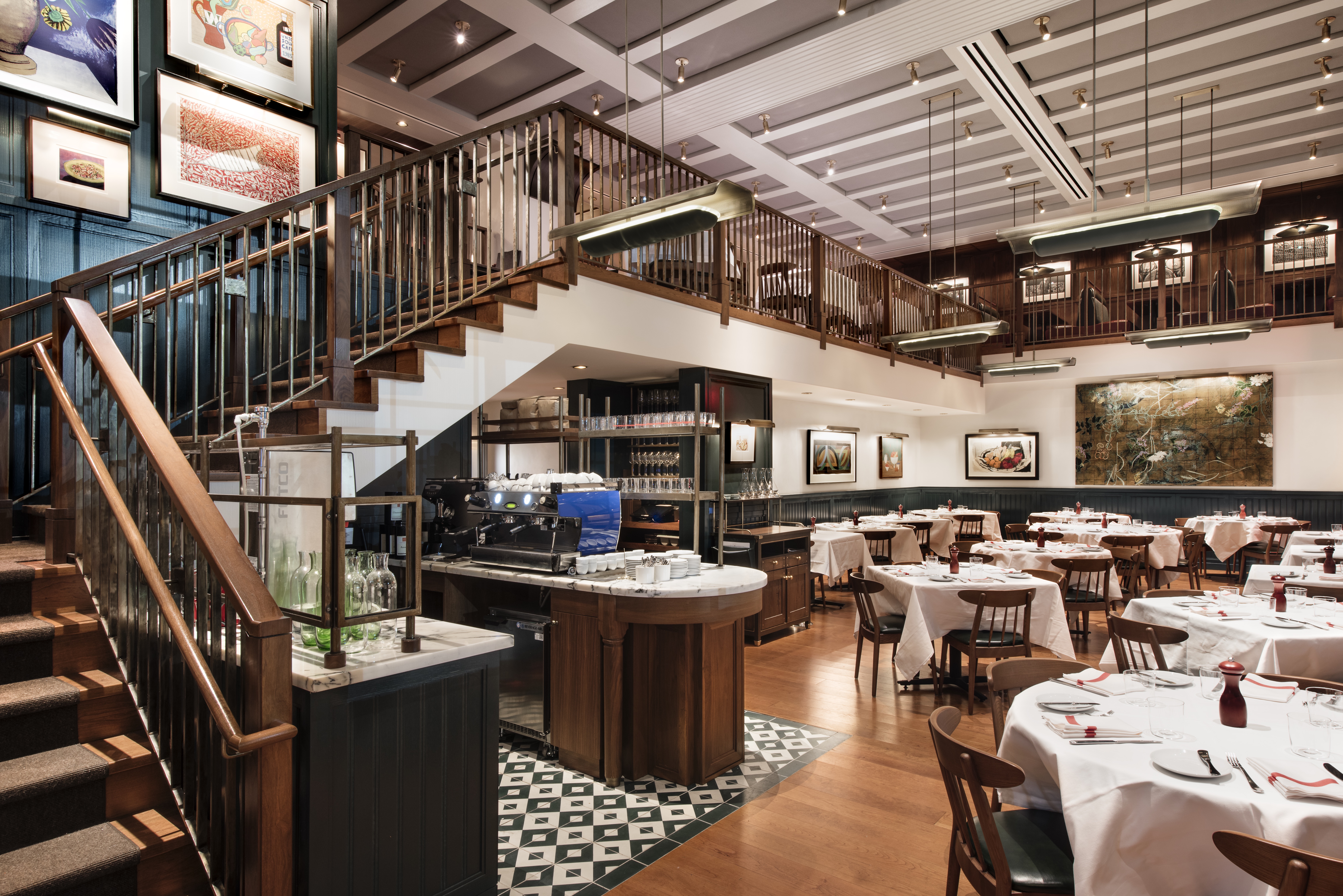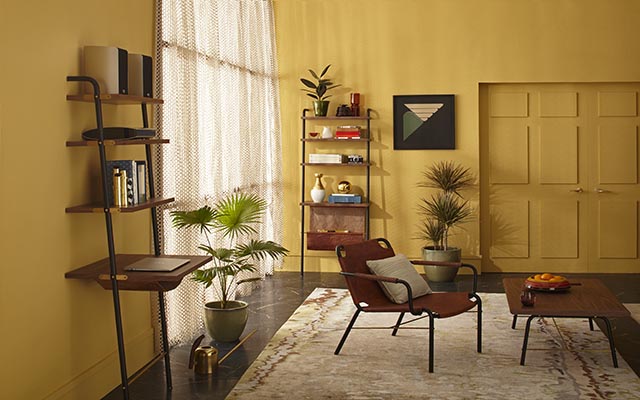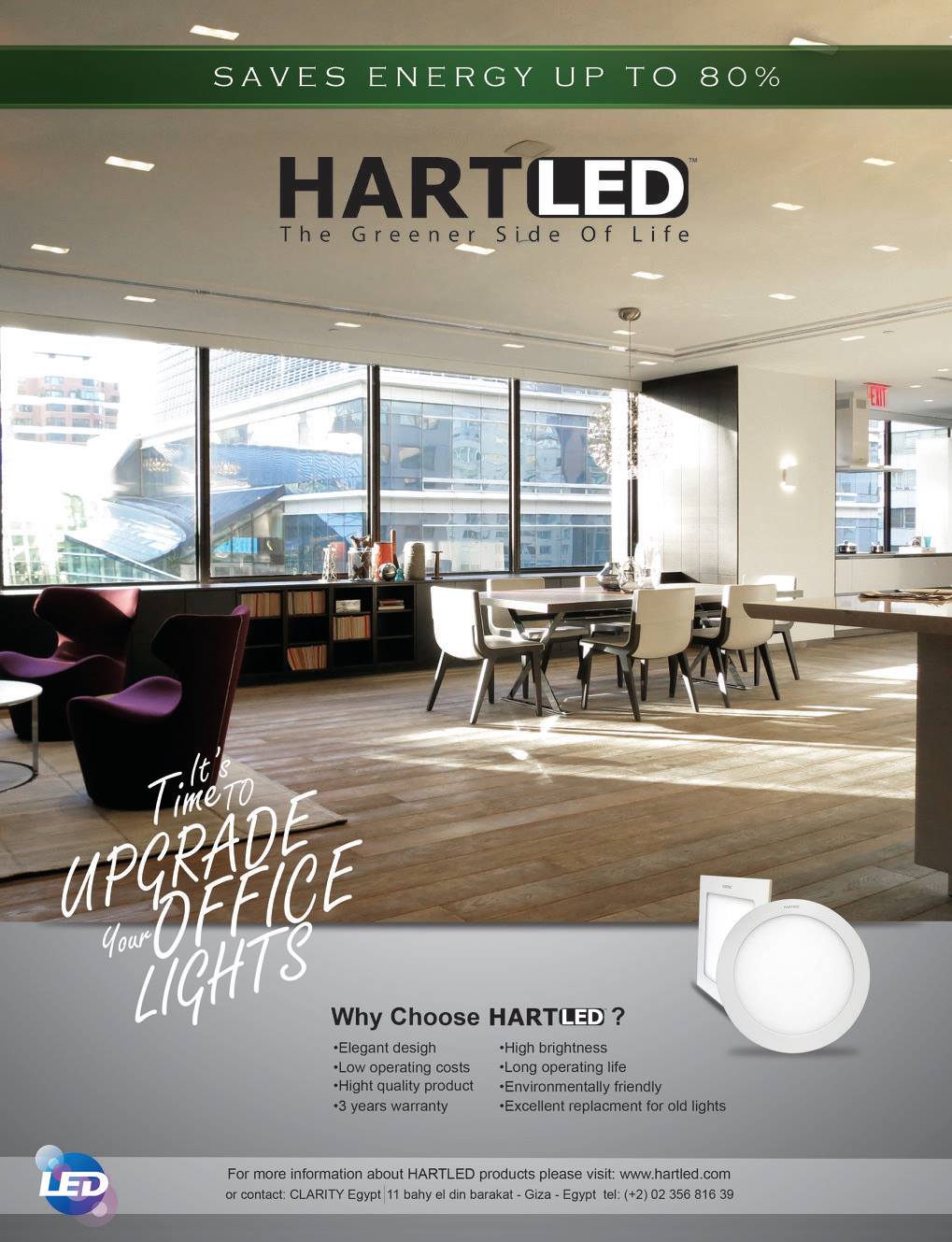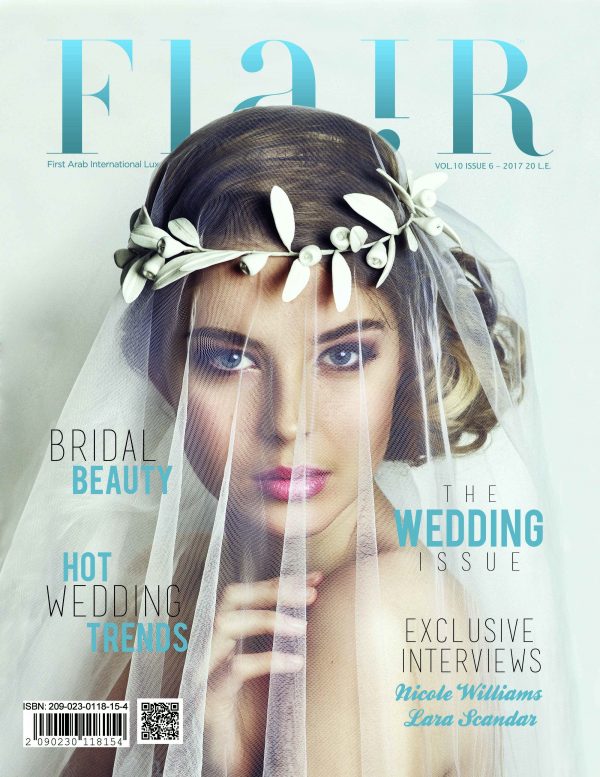The architect talks to Daniela Bonetto about designing hotels, restaurants, playgrounds and his love of theatrical design.
David Rockwell could have well ended up a Hollywood star rather than an architect. He spent the early part of his childhood living in Deal, New Jersey where his mother ran a community theater there and cast him in a number of productions. “At home, my four brothers and I turned our garage into a fantasy clubhouse. We transformed it over and over again, from a bunny farm for Easter to a haunted house on Halloween. That might have been the first clue that transforming spaces would be a passion of mine”. Then at eleven he left the Jersey Shores, destination, Guadalajara in Mexico. Then Syracuse University and the Architectural Association in London. “In college, I started developing my interest in community-driven space as an architecture student at Syracuse University”

Q: How did your transition from NJ to Mexico affect you and what was to come?
My parents moved our family to Mexico when I was 11. There, I became aware of the potential of life in public spaces – the marketplace, the bull rings, and the mariachi band in the square. The energy and density of the open markets and streets exposed me to a thrill and vibrancy that stays with me to this day. I also had the opportunity to see first-hand the work of Luis Barrigan. His buildings brilliantly capture what I love most about Guadalajara – the folk art, craft, colours, and quality of light.
Q: How do you give magic to your projects?
Theater underpins all of my architectural work. It’s really transformed the ways I think about narrative, pacing, permanence and how people use and perceive space. At Rockwell Group, we spend a lot of time envisioning how people might feel as they move through our environments, how we mark and celebrate an entry, how we choreograph a promenade through spaces, and how we define and enliven transitions.
Q: What does designing an environment mean to you?
For me, design has to be accessible, easily understood or experienced either directly though some form of reasoning or emotionally as something felt. More than anything, we strive in every project to create opportunities for people to connect and share experiences.
Q: Do you have a design focus?
Our studio does not have a signature style, nor do we specialize in a particular project type. We want every project to be a new challenge so our work ranges from designing restaurants and hotels, to work environments, to hospitals, to airports and retail spaces, as well as product, theater, TV and film sets, festivals and interactive exhibits.

Q: What does it mean to create a space that is responsive to its occupants?
In many of our projects, we take concepts uniquely rooted in theater and apply it to architecture and interior design. The addition of the theatrical to an architectural space enhances that relationship, greatly increases the communication between the space and those who visit it, and it makes the architecture come alive. Many of our theatrical productions including, She Loves Me, Falsettos, and Kinky Boots, have required set pieces that could morph and change to provide quick and fluid transitions between scenes. So we’ve been focused on creating flexible, transformative spaces in all of our work.
Q: What power does theatre play in your architecture?
The power of live performances has really impacted how I think about my projects. I approach my architectural work in a similar way to my set design work by doing extensive research, and collaborating and experimenting with different concepts. I am constantly looking to my theatre “toolbox” for ideas.
For example, it takes a lot of people to make a show work so seamlessly. The collaborative effort that goes into creating a series of moments with fluid transitions challenges us to question every decision to make sure it reinforces the overall effect of a design, and allows us to really understand in a deeper way the magic of creating an extraordinary, astonishing moment. That lesson also applies to architectural projects. Collaboration between the architect and developer and other design consultants is an essential process embedded into the production of architecture given the complexity of building. Better answers erupt when creative forces come from divergent sources that express their strong points of view.
Q: How do you see yourself as a director in your architectural stage?
The theater’s emphasis on arrival, procession, lighting, and the all-encompassing power of a live theatrical experience, has really influenced how I think about my architectural projects. The key thing about theater is its collaborative storytelling. And narrative is also an integral part of any of my architectural work. It is also because of my passion for theater that we really focus on how we mark and celebrate an entry, how we choreograph a promenade through spaces, and how we define and enliven transitions.

Q: How do you envisage the next 10 years in design?
I think you will continue to see spaces and products designed for flexibility and transformation, not conformity. Design needs to reflect how people live today, and comfort and flexibility are key factors. People want to live in an environment that is fluid, seamless and efficient to support their busy lifestyle. There is a growing need for flexible, multifunctional buildings that can transform and accommodate rapidly changing needs.
Q: What is number 1 on your top bucket list?
Performing at Carnegie Hall! Playing the piano has been a lifelong passion of mine and it remains an important and treasured part of my life. As a child, I wanted to become a concert pianist but after my first public recital, I decided to pursue my passion for design.
Q: The one thing you would tell architecture graduates nowadays
The best advice is to not be afraid of taking risks. The most exciting projects are those where you have no idea of the solution at the outset. We’re always seeking to take on unfamiliar project types and in the process we discover new techniques, materials and collaborations. This, of course, always involves risk. But it also allows us to constantly evolve, change, and push the boundaries of our design practice.
Q: What is the last show you went to?
The Broadway revival of Hello, Dolly! starring the fabulous, Bette Midler.
Q: Which show has had a long lasting impact on you and why?
When I was 10, my family took me and my brothers to New York City to see the original Broadway production of Fiddler on the Roof. I was completely mesmerized by the combination of the music, choreography, and Boris Aronson’s brilliant set pieces. The experience opened my eyes to the power of design to create compelling narratives and ultimately emotional connections between people and their environment.

Q: Is there one aspect which echoes constantly throughout your work?
Our studio is driven by a relentless curiosity about how we can deliver design with new thinking and fresh ideas. This allows us to take risks, experiment and explore new ideas and different project types.
Q: How does the creative process start? What are the key stages?
For each project, we focus on the particular history and context of the client and location. Our first step is a series of brainstorming sessions with the client, the project team and often with other collaborators to develop a narrative. This is followed by site analysis, drafting plans, renderings, models, and continually revisiting the client’s interests and concerns. Along with the studio leader and project team, I review the projects along each phase up to execution.
Throughout the entire process, we are obsessed with materiality and constantly trying to challenge ourselves with new and unique materials inherent to a client’s backstory. A great example of this is our longstanding collaboration with Chef Nobu Matsuhisa. Each location, from the first Nobu to the new Nobu Downtown in New York City, is an exploration of Japanese craft influenced by Nobu’s personal history and his inventive, non-traditional cuisine. While each location is different, simple, honest, and where possible, hand-crafted materials ultimately elevate the level of Nobu’s food.
By: Daniela Bonetto



